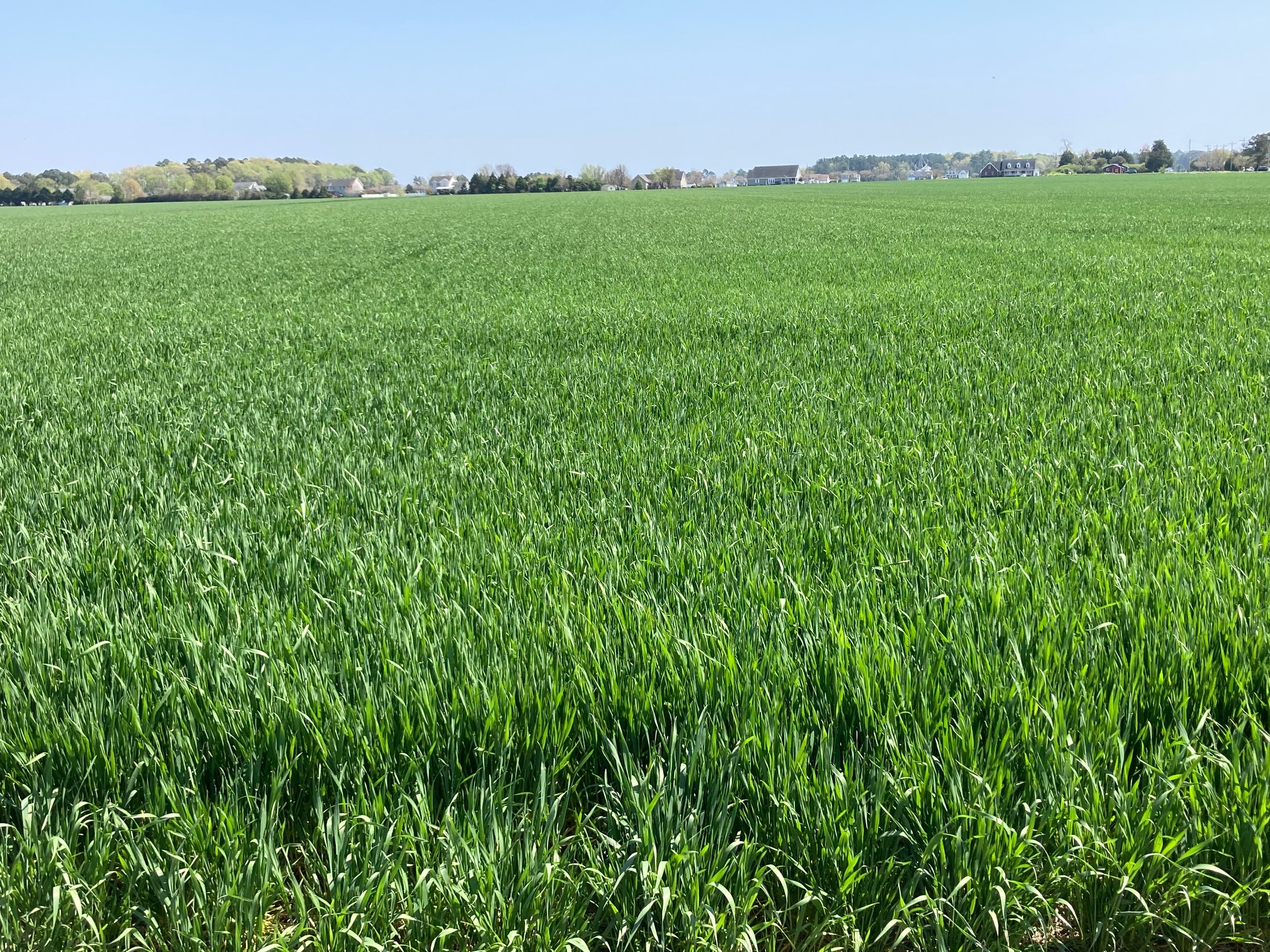What Do We Need to Be Thinking About With the Wheat Crop
go.ncsu.edu/readext?923656
en Español / em Português
El inglés es el idioma de control de esta página. En la medida en que haya algún conflicto entre la traducción al inglés y la traducción, el inglés prevalece.
Al hacer clic en el enlace de traducción se activa un servicio de traducción gratuito para convertir la página al español. Al igual que con cualquier traducción por Internet, la conversión no es sensible al contexto y puede que no traduzca el texto en su significado original. NC State Extension no garantiza la exactitud del texto traducido. Por favor, tenga en cuenta que algunas aplicaciones y/o servicios pueden no funcionar como se espera cuando se traducen.
Português
Inglês é o idioma de controle desta página. Na medida que haja algum conflito entre o texto original em Inglês e a tradução, o Inglês prevalece.
Ao clicar no link de tradução, um serviço gratuito de tradução será ativado para converter a página para o Português. Como em qualquer tradução pela internet, a conversão não é sensivel ao contexto e pode não ocorrer a tradução para o significado orginal. O serviço de Extensão da Carolina do Norte (NC State Extension) não garante a exatidão do texto traduzido. Por favor, observe que algumas funções ou serviços podem não funcionar como esperado após a tradução.
English
English is the controlling language of this page. To the extent there is any conflict between the English text and the translation, English controls.
Clicking on the translation link activates a free translation service to convert the page to Spanish. As with any Internet translation, the conversion is not context-sensitive and may not translate the text to its original meaning. NC State Extension does not guarantee the accuracy of the translated text. Please note that some applications and/or services may not function as expected when translated.
Collapse ▲Generally, we have had ideal conditions from time of planting until now for our wheat crop. That is indicated by the very good plant stands across the county and region as well as the relatively dark green color of the crop during the growing season. As the wheat enters this time of rapid growth, some fields have become more irregular in height, which could be due to differences in soil types, irregular topography (high/low areas), irregular distribution of crop debris, etc. The one thing that has not worked in our favor is the unseasonably warm temperatures, which has accelerated the development of the crop. We are a good three weeks ahead of schedule in crop development. For the last two plus weeks we have had wheat jointing (Feekes 6) or starting to joint. I looked at some wheat on Friday, February 24th, which was an early maturing variety planted Thanksgiving day. I told the grower that it would be 2 weeks until it was jointing and that was my best guess with the current weather. I would say that we should have most of the wheat acreage jointing or a later growth stage in the next two weeks.
What should we be considering in the coming weeks.
- We are entering the time of rapid development, which means that wheat will be going through a number of important growth stages.
- Although there are no major concerns with the wheat crop at this time with regard to foliar diseases, with wheat getting bigger as well as unseasonably warm temperatures, we need to be scouting wheat for diseases and insects. To help you in the selection of foliar fungicides for various wheat foliar diseases,use the table, Fungicide Efficacy for Control of Wheat Diseases, on Page 477 of the 2023 NC Ag Chemical Manual .
- Be scouting for other pests such as weeds and insects and take appropriate action as needed.
- Many of our pesticides use growth stages to indicate when is the appropriate time for their application. If you need a refresher on growth stages, use the NC Small Grains Production Guide 2021 and then look for the information on wheat growth and development on page 15
- If your wheat starts to show less than ideal color/appearance and all other causes for the poor appearance can be eliminated except for nutrition, I would take a tissue sample. If you have questions about this, please contact me.




